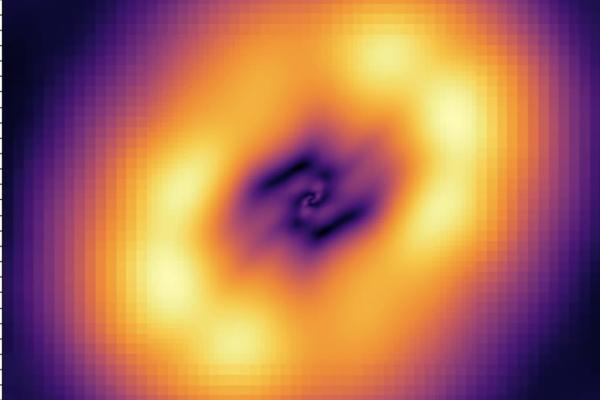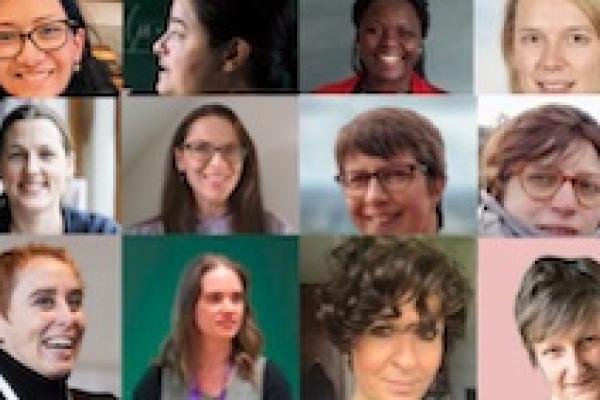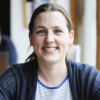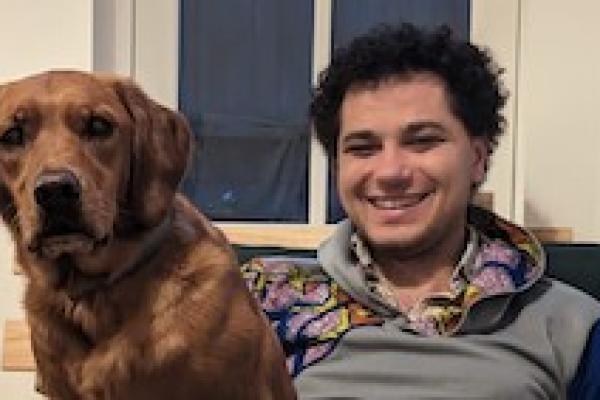

Plus is based at the Centre for Mathematical Sciences at the University of Cambridge. We are very fortunate to work with many brilliant colleagues in the Maths Faculty, you will find the content we have produced with them below.

Plus is based at the Centre for Mathematical Sciences at the University of Cambridge. We are very fortunate to work with many brilliant colleagues in the Maths Faculty, you will find the content we have produced with them below.

Hannah Fry is coming to join us in Cambridge! She tells us about her own mathematical research, why she thinks mathematicians have a duty to engage the public, and shares one of her favourite mathematical moments.

Physicists have figured out how we might detect hypothetical boson stars. If we do, then this would count as a major step towards solving the riddle of dark matter,
We talk to David Spiegelhalter about eggs, politics, coins and his new book The art of uncertainty.

Join us at the mathematical frontier with Georg Maierhofer as he tells us about an exciting new idea bringing together physics and machine learning!
Our neighbour Oscar Randal-Williams tells us about his exciting work at the frontiers of mathematics and the fundamental question he might be just about to answer!

Could there be a fifth force of nature hitherto unknown to science? Find out with physicist Ben Allanach in this episode of Maths on the move.

To celebrate this year's International Women's Day we revisit some of the articles, podcasts and videos we have produced with women mathematicians over the last year.









How does maths help in tackling infectious diseases? Join Julia Gog to find out in this series of videos and articles, and have a go at modelling diseases yourself!



